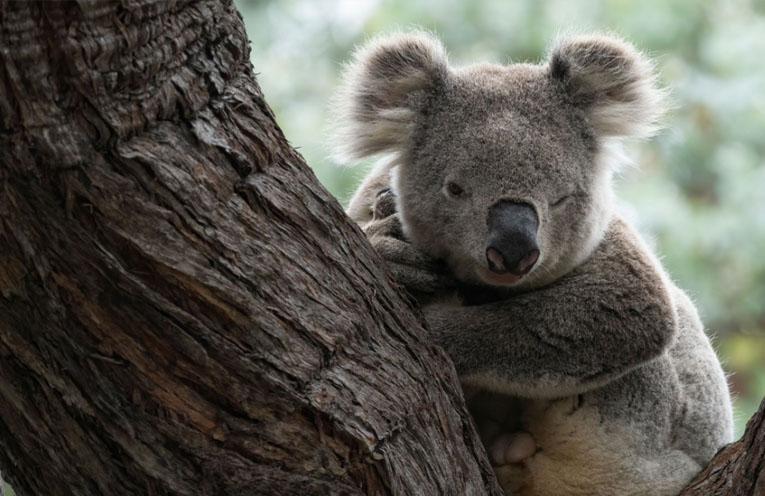THE proposed boundary for the long-awaited Great Koala National Park (GKNP) was announced on Sunday, with conservationists celebrating and the forestry industry in panic mode.
The GKNP, which will cover an area between Kempsey and Woolgoolga, will add 176,000 hectares of State Forest to existing reserves to create a 476,000-hectare National Park.
The announcement indicates that the government has resisted pressure from the logging industry to create a much smaller park of 37,000 hectares.
The formation of the GKNP was a central election commitment of the NSW Labor Government.
“We are delivering on our election promise to deliver the Great Koala National Park for the North Coast,” said Minister for the North Coast Janelle Saffin.
“This will deliver the protection of our most precious and loved species, our koalas, that everyone in NSW wants to see protected; and the Great Koala National Park will also provide an economic boon for locals and businesses alike.
“It is important to work together to ensure no one is left behind.
“We will be supporting impacted workers, businesses, communities and industry to maximise opportunities as we deliver the Great Koala National Park.
“I am committed to ensure that our forest workers and small business forest operators are supported economically and emotionally through this change.”
The Government has imposed a temporary moratorium effective Monday 8 September 2025 on timber harvesting within the proposed park boundary.
It says the moratorium will have an impact on six timber mills and approximately 300 jobs.
The timber industry has condemned the announcement, with the Australian Workers’ Union (AWU) and the Timber, Furnishing and Textiles Union claiming the move will “devastate regional communities, cost hundreds of jobs and risk thousands more across the state’s $3 billion hardwood timber industry”.
AWU NSW Secretary Tony Callinan said the Government’s decision represents a betrayal of working families and regional communities.
“Minister [Penny] Sharpe has chosen to ignore the government’s own expert panel’s advice and to bow to an irrational, deep green ideological agenda that will gut regional towns on the NSW Mid North Coast,” Mr Callinan said.
“The Industry Advisory Panel, which the Government itself established, recommended 37,000 hectares as a balanced approach that would protect koalas while preserving jobs.
“Instead, the Government has gone nearly five times larger, showing complete disregard for the workers and communities who will pay the price for this decision.”
While conservationists across the country celebrate, the creation of the GKNP is just part of the effort to protect the state’s koalas.
The Mid Coast region supports significant and important koala populations, with densities in areas such as Tinonee and Bunyah as high or higher than most other areas of the state.
Koala surveys are being carried out in areas close to Gloucester, with the most recent ones involving MidCoast Council and the Biodiversity Conservation Trust using thermal drones and passive acoustic recorders to identify populations.
The NSW Government has funded a regional partnership with MidCoast Council under the NSW Koala Strategy, a partnership that is contributing to the objectives of the Strategy.
However, the government has not released an updated Koala Strategy, and has not committed funding to sustain any regional partnerships beyond 2026, a matter which concerns some experts involved in local koala conservation efforts.
By John WATTS



